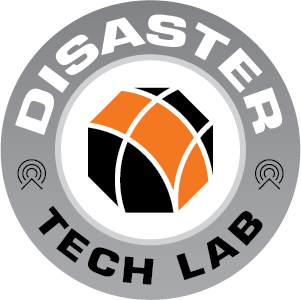Reading tips: Collaborative Filtering Techniques, Connected Communication & realtime Twitter analysis…
While trawling the interwebs for reading fodder we came across a reference to some excellent documents on Jonas Landgrens blog.
Learning from the Crowd: Collaborative Filtering Techniques for Identifying On-the-Ground Twitterers during Mass Disruptions
Kate Starbird, Grace Muzny, Leysia Palen
ABSTRACT:
Social media tools, including the micro-blogging platform Twitter, have been appropriated during mass disruption events by those affected as well as the digitally-convergent crowd. Though tweets sent by those local to an event could be a resource both for responders and those affected, most Twitter activity during mass disruption events is generated by the remote crowd. Tweets from the remote crowd can be seen as noise that must be filtered, but another perspective considers crowd activity as a filtering and recommendation mechanism. This paper tests the hypothesis that crowd behavior can serve as a collaborative filter for identifying people tweeting from the ground during a mass disruption event. We test two models for classifying on-the-ground Twitterers, finding that machine learning techniques using a Support Vector Machine with asymmetric soft margins can be effective in identifying those likely to be on the ground during a mass disruption event. Full document here.
Connected Communications: Network Structures of Official Communications in a Technological Disaster
Jeannette N. Sutton, Britta Johnson, Mathew Greczek, Emma S. Spiro, Sean M. Fitzhugh, and Carter T. Butts
ABSTRACT:
Informal online communication channels are being utilized for official communications in disaster contexts. Channels such as networked microblogging enable public officials to broadcast messages as well as engage in direct communication exchange with individuals. Here we investigate online information exchange behaviors of a set of state and federal organizations during the Deepwater Horizon 2010 oil spill disaster. Using data from the popular micro-blogging service Twitter, we analyze the roles individual organizations play in the dissemination of information to the general public online, and the conversational micro-structure of official posts. We discuss characteristics and features of following networks, centrality, and conversational dynamics that may affect information exchange in disaster. This research provides insight into the use of networked communications during an event of heightened public concern, describes implications of conversational features, and suggests directions for future research. Full document here.
Towards a realtime Twitter analysis during crises for operational crisis management
Teun Terpstra, R. Stronkman, A. de Vries, G.L. Paradies
ABSTRACT:
Today’ s crises attract great attention on social media, from local and distant citizens as well as from news media. This study investigates the possibilities of real-time and automated analysis of Twitter messages during crises. The analysis was performed through application of an information extraction tool to nearly 97,000 tweets that were published shortly before, during and after a storm hit the Pukkelpop 2011 festival in Belgium. As soon as the storm hit the festival tweet activity increased exponentially, peaking at 576 tweets per minute. The extraction tool enabled analyzing tweets through predefined (geo)graphical displays, message content filters (damage, casualties) and tweet type filters (e.g., retweets). Important topics that emerged were ‘early warning tweets’, ‘rumors’ and the ‘self- organization of disaster relief’ on Twitter . Results indicate that automated filtering of information provides valuable information for operational response and crisis communication. Steps for further research are discussed. Full document here.

